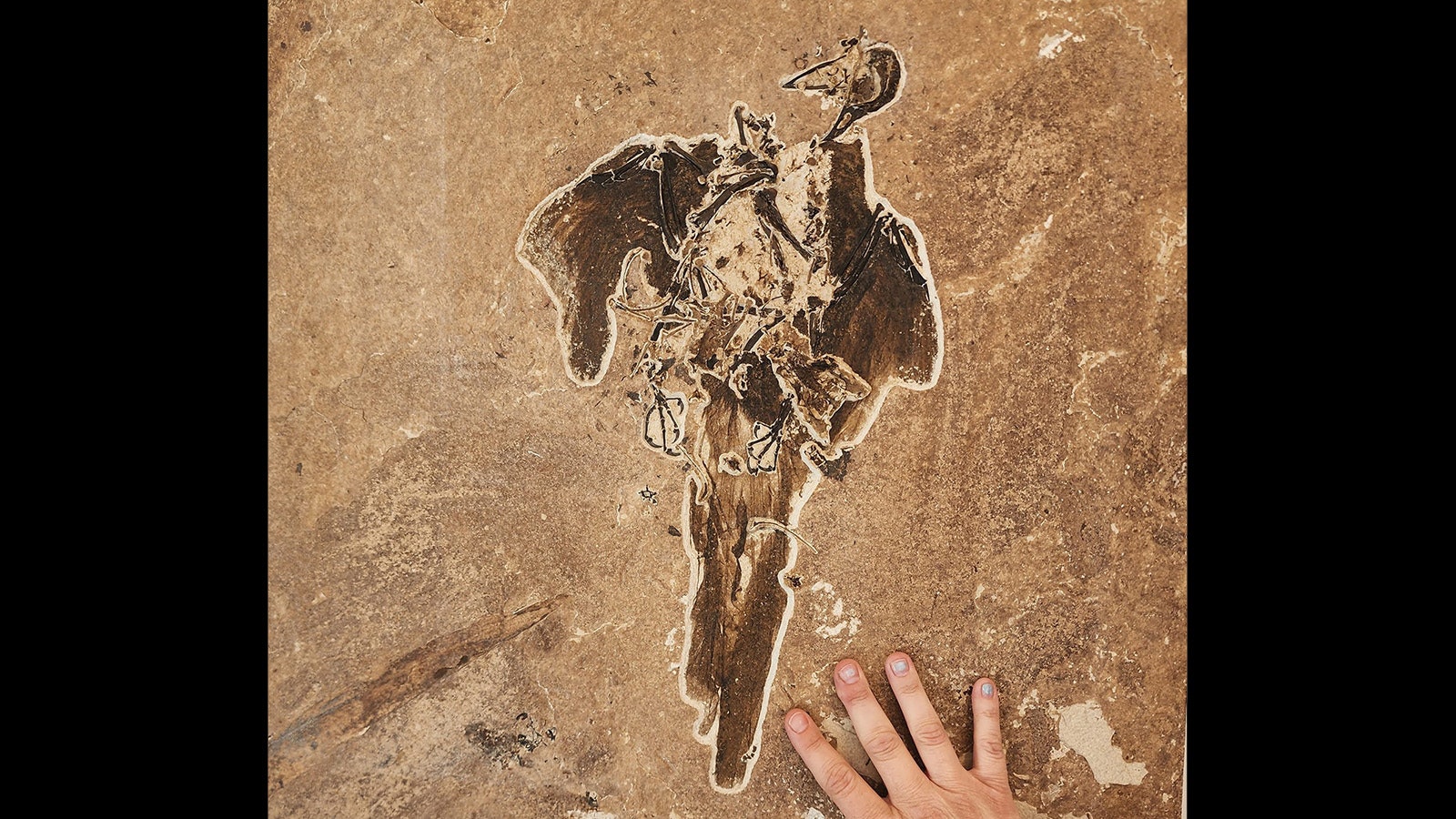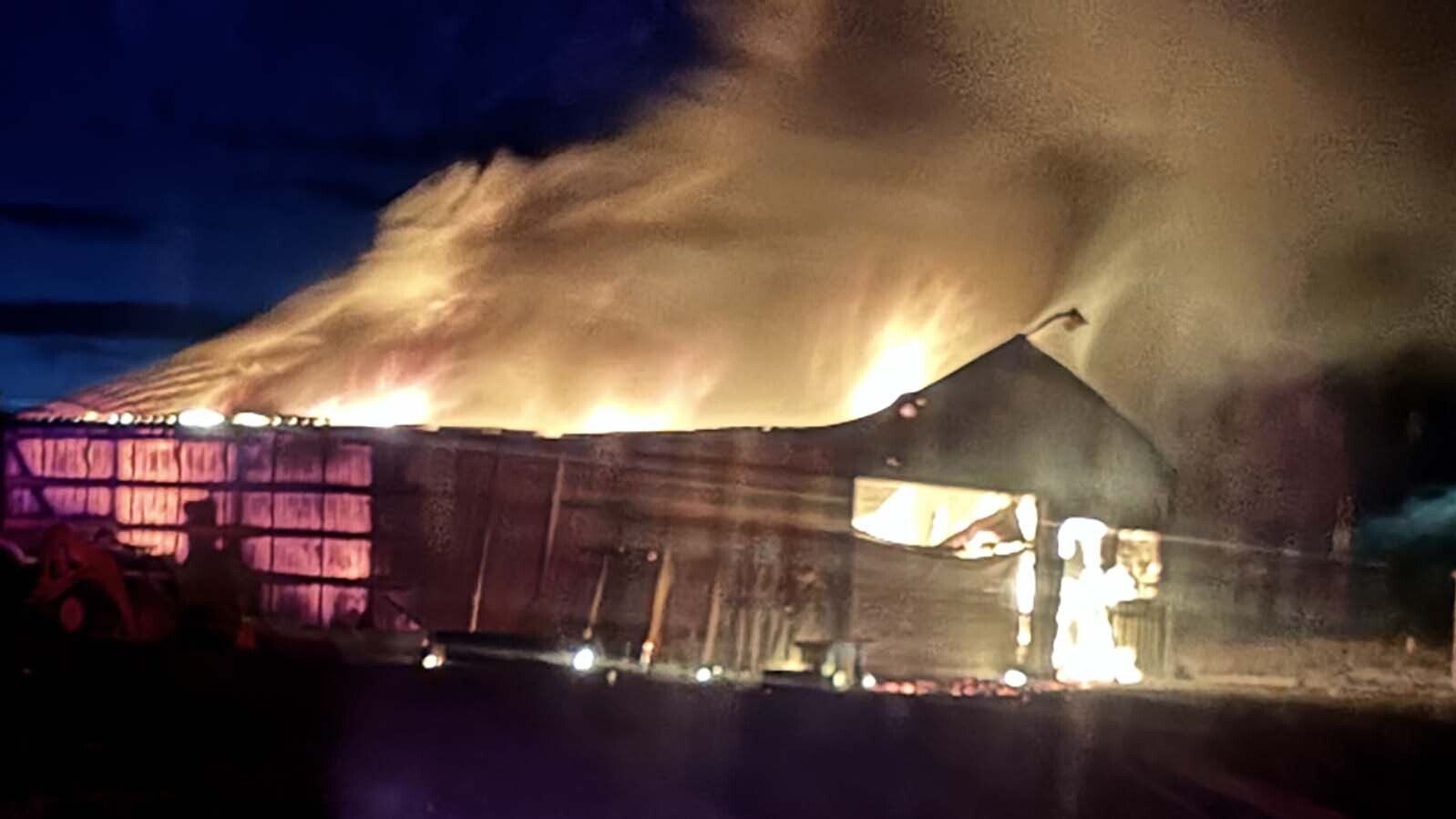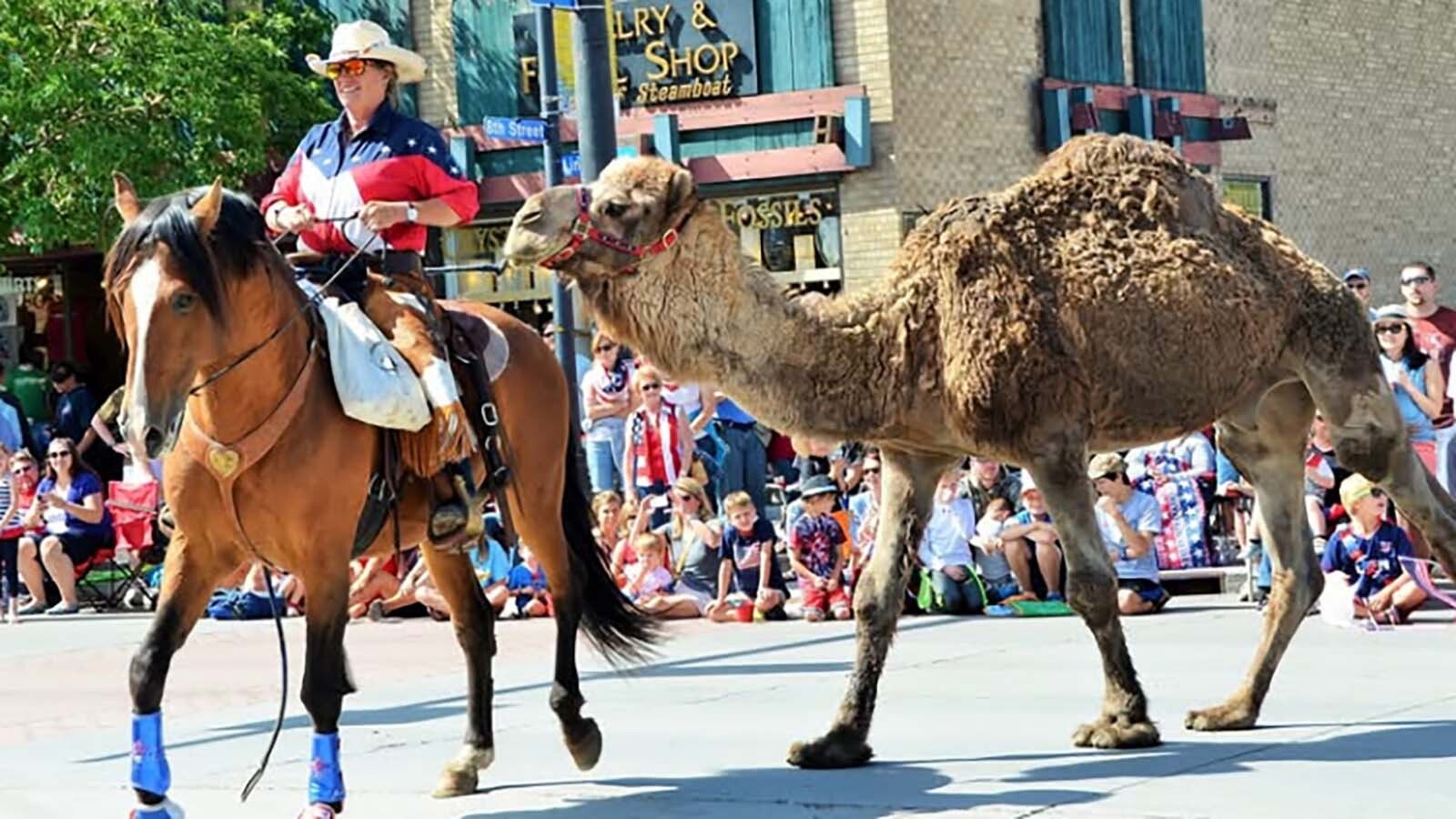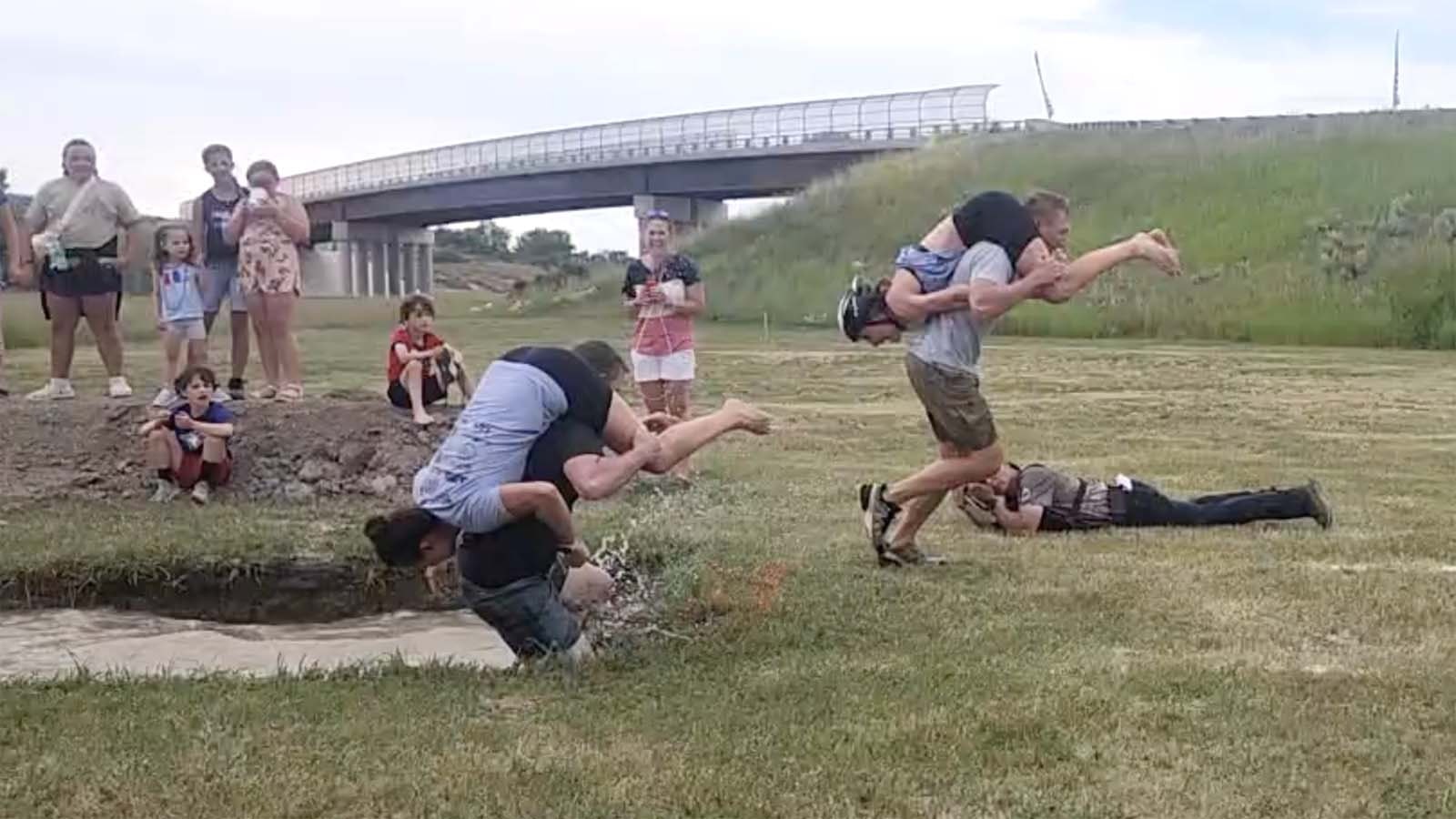A rare fossil bird found in a prehistoric lake in Wyoming is winging its way to one of the nation’s largest natural history museums.
In Stone Fossils, a fossil preparation lab and “paleo-tourism” business in Kemmerer, announced that a fossil bird discovered during one of its excavations has been donated to the Field Museum of Natural History in Chicago, Illinois. The spectacular specimen, which includes fossilized feathers, will be forever available at the museum for research and display.
Birds Of A Feather
In Stone Fossils specializes in excavating fossils from the Green River Formation. The rocks it excavates contain the fossils of plants and animals that lived in the tropical paradise that was Wyoming during the Eocene Period 52 million years ago.
Fish, crocodiles, stingrays and lizards are common fossils in the Green River Formation, but Sherman said the discovery of any bird is a big deal.
“There were only a handful of birds in the Eocene,” he told Cowboy State Daily. “Everything you see today was generated from these few birds discovered from the Green River Formation.”
This bird specimen was discovered on a private ranch near Kemmerer about four years ago. Sherman said that when paleontologists from the Field Museum saw the fossil at In Stone Fossils in Kemmerer, they thought it could be a new species or possibly an entirely new type of bird.
“There is no name for it because there’s no identification yet,” he said. “That’s why it’s such a scientifically important specimen. It tells a story.”
Sherman said the bird could be an ancestor of modern mousebirds, which are small, tree-dwelling birds related to woodpeckers and kingfishers. If that identification is correct, it would be the first mousebird ever found in the Green River Formation.
Fossil Friends
In Stone Fossils works with the Field Museum and the University of Chicago for the Stones and Bones program, a four-week intensive practicum in paleontology in Chicago and Wyoming. After studying paleontology and other subjects in Chicago classrooms, students join scientists for a fossil excavation in the Green River Formation in sites managed by In Stone Fossils.
Sherman said the bird was tentatively identified as a new species by scientists from the Field Museum during one of the Stones and Bones programs. They immediately wanted to do a scientific study of the bird, but the fossil needed to find a way to migrate to Chicago first.
That’s when Sherman and In Stone Fossils contacted the anonymous donor who specifically wanted to donate scientifically significant specimens to museums.
“He and his family did a tour with us, and he got really excited about this,” he said. “That’s when he told us, “If there’s any new or interesting specimens, I would be your guy to donate these.’ He wanted to contribute to a better cause.”
When approached, the donor bought the bird. That’s when the Field Museum was informed that the rare specimen had a home in their collections.
Since then, the fossil has been prepared to the extent needed for a thorough scientific examination. Sherman said paleontologists and ornithologists will begin the study once the specimen arrives in Chicago.
“When they come out here next summer, they’ll bring the fossil to Chicago,” he said.
Business Benefits
In Stone Fossils has built its business selling fossils of common animals found in the Green River Formation, like the fish Knightia (Wyoming’s state fossil).
Sherman knows many people are opposed to the concept of commercial paleontology, seeing as sacrificing science for profit. However, he said the commercial success of In Stone Fossils allows scientifically significant specimens like this bird to end up in museums and universities.
“We sell things that aren’t relevant to science, so we don’t have to see these larger items,” he said. “Then, we can find donors to get them into retention (in museum and university collections).”
Fossils discovered by In Stone Fossils have ended up in museums around the world, including Wyoming’s own Fossil Butte National Monument.
Sherman added that the only way they connected with the donor was through their paleo-tourism business, which brings a wide range of people to Kemmerer to find fossils. Those connections ensured this rare fossil will be permanently available for display and research at the Field Museum.
“A private company has found a private preparator to prepare (the fossil) in a way that’s accustomed to what academia requires, and we found a private donor to donate,” he said. “The museum doesn’t have to go out and find a donor since we’ve done all the footwork for them.”
Andrew Rossi can be reached at arossi@cowboystatedaily.com.





